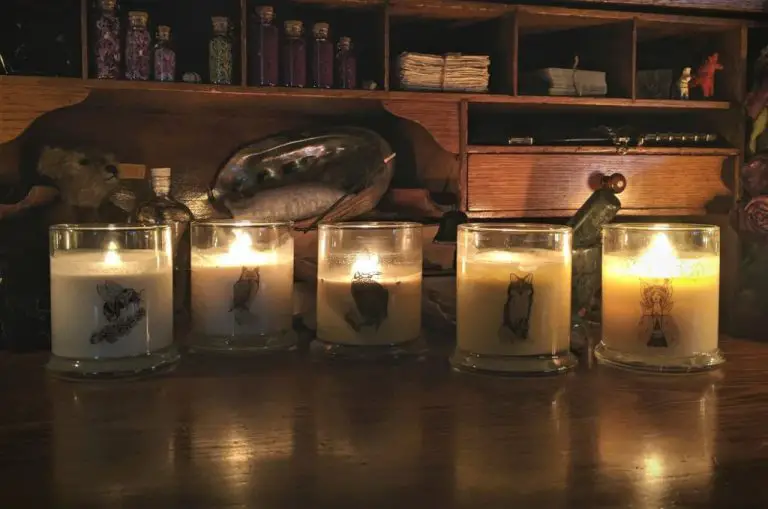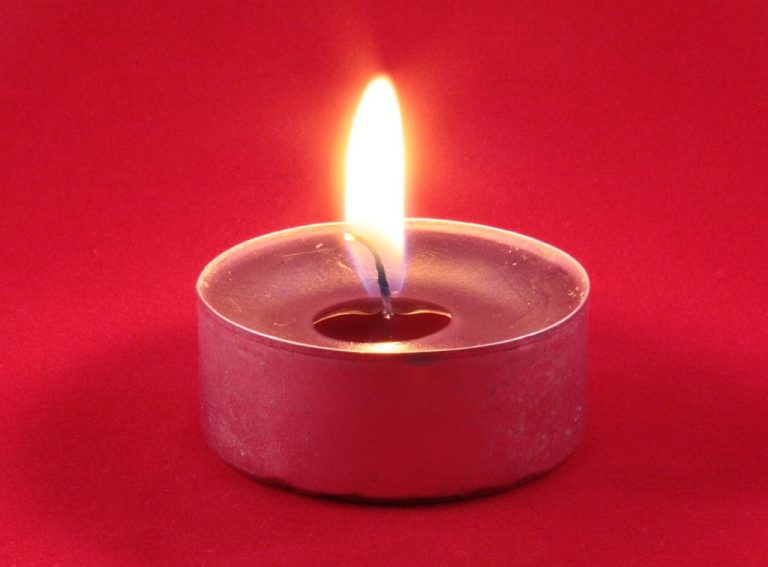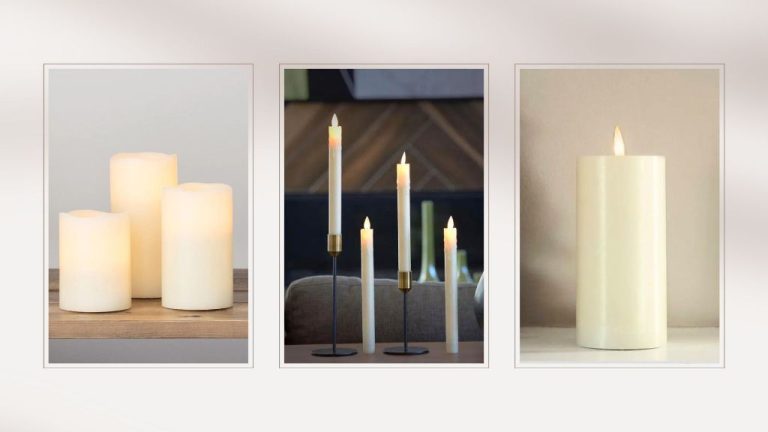What Is The Birthday Candle Count?
Birthday candles are a beloved tradition of birthday celebrations around the world. Lit candles are placed on top of a birthday cake, representing the celebrant’s age and symbolizing good luck for the coming year.
The practice of putting candles on cakes dates back to ancient Greece, when candles were placed on round cakes to honor the goddess Artemis. Over time, people began putting candles on birthday cakes specifically. Lighting candles on a birthday cake became popular in 18th century Germany as a way to bring good fortune to the birthday celebrant.
Today, the tradition continues with the candle colors, shapes, numbers and practices varying across cultures. But no matter where you are in the world, the lighting of birthday candles on a cake is a time-honored tradition filled with meaning.
Meaning of Candles
Since ancient times, candles have held a special significance in cultures around the world. The small flickering flame has long been a representation of both life and hope. The candle’s light shining in darkness has symbolized life persevering and keeping going despite hardship and obstacles. The glow of a candle has represented the human spirit remaining bright even when surrounded by difficulty and despair.
Beyond simply signifying life, candles also represent the light of human wishes and desires. The act of lighting a candle has traditionally been a symbolic way for people to make their most fervent wishes and request divine assistance in seeing these dreams fulfilled. Candlelight has been thought to carry people’s deepest hopes up to heaven. This is why the custom of lighting candles on birthday cakes ties directly into expressing birthday wishes for the coming year.
Origins
The tradition of placing candles on birthday cakes emerged in ancient Greece. The Greeks worshipped Artemis, the goddess of the hunt, who was often depicted with a crown of candles on her head. The lit candles represented the glow of the moon, and people began placing round cakes with candles to the moon goddess Artemis as offerings. It became customary to light candles on cakes to celebrate special occasions such as birthdays.
During the Middle Ages in Germany, people began putting candles on cakes to represent a ‘light of life’. The candles were thought to provide protection against evil spirits and misfortune. Over the years, placing candles on cakes became a popular birthday tradition throughout Europe.
By the 18th century, the tradition had evolved to include placing one candle for each year of the individual’s life. Candles symbolized the light of life, with the candlelight displaying the essence and light within a person. The practice of including one candle per birthday year became common in Germany and spread across Europe and overseas as birthday celebrations grew in popularity.
Traditions Around the World
Birthday candle traditions vary across cultures and regions. In Europe, the most common tradition is to place candles on a birthday cake corresponding to the celebrant’s age. As the birthday person blows out the candles and makes a wish, family and friends sing “Happy Birthday.”
In parts of Asia such as China, Japan, and Korea, candles are often not placed on cakes. Instead, a long noodle is served on one’s birthday to symbolize long life. In some Asian cultures, the number of candles placed represents auspicious or lucky numbers such as 3, 6, 8, or 9 rather than the celebrant’s age.
In many parts of Africa, birthday cakes and candles are less common. Some African traditions include storytelling, dancing, feeding the community, or gifting money to children on their birthdays. The number of gifts often has cultural significance.
Candle Colors
Candle colors often hold special meaning and symbolism. Certain colors are associated with various celebrations and can help set the mood. Here are some of the most popular candle colors and their significance:
White – White candles represent purity, peace, and new beginnings. They are commonly used for events like weddings, baby showers, and birthdays.
Pink – Pink symbolizes joy, sweetness, admiration, kindness, and femininity. Pink candles bring a playful, lighthearted energy.
Red – Red is the color of love, passion, energy, and courage. Red candles are bold and intense, perfect for romantic occasions.
Blue – Blue represents tranquility, relaxation, and open communication. Blue candles create a calm, peaceful setting.
Green – Green symbolizes nature, growth, health, and prosperity. Green candles represent renewal and harmony.
Yellow – Yellow signifies sunshine, joy, happiness, and optimism. Yellow candles create a bright, cheerful mood.
Purple – Purple is associated with imagination, creativity, and wisdom. Purple candles evoke mystery and magic.
When selecting candle colors, consider the mood you want to set and the meaning behind the colors. Coordinate colors that complement each other and fit the occasion.
Shapes and Designs
When it comes to the shapes and designs of birthday candles, there are many creative options to consider. The number of candles is often displayed through individual tapers, but candles can also be designed into various numbers, objects, and special shapes.
Some popular number and shape designs include:
- Individual tapers grouped into the age number
- Large numerals made of wax
- Candles shaped into age milestone numbers like 10, 13, 16, 18, 21, 30, 40, 50, 60, 70, 80, 90, 100
- Number candles that sparkle or light-up
- Sports jerseys with the age number
- Age-shaped objects like stars, hearts, flowers
- figural candles shaped like animals, characters, or symbols relevant to the birthday celebrant
- Themed candles featuring colors and designs related to the person’s hobbies, interests or occupation
Candles with intricate shapes, designs, and numbers add a festive decorative flare to any birthday cake. The configurations provide a creative way to display the age being celebrated in candles.
Making a Wish
An important aspect of celebrating with birthday candles is the magic of making a wish.
Folklore says that the smoke from the candles carries wishes up to the heavens. There is a belief that if you focus on making your wish as you blow out the candles, the wish is more likely to come true.
Birthday wishes are often kept secret and never shared, as revealing the wish is thought to prevent it from coming true. The secrecy adds to the sense of anticipation and magic surrounding the act of making a wish.
Wishes are deeply personal and can range from material things like toys or gadgets to heartfelt desires and dreams. The birthday wish is a symbolic carrying of hopes into the new year ahead.
Whether the wish comes true or not, the ritual of making it is a special part of the celebration. The birthday wish represents joy, imagination, and aspirations.
Blowing Out Candles
Blowing out birthday candles is one of the most iconic birthday traditions. But there are actually different techniques and rituals surrounding the act of extinguishing the candles.
The most common method is to take a deep breath, make a wish, and then blow out all the candles in one go before the candles finish burning down. This shows lung capacity but also luck in getting your wish. Some gently blow out each candle one by one, going around the cake. This can build suspense and amusement.
For kids or cakes with abundant candles, it’s often too challenging to blow them all out in one breath. So helpers like parents and friends may join in to blow out candles together as a group. Some competitive or playful guests see who can blow out the most.
Candle blowers may tease the birthday person by relighting certain candles after they are blown out. This builds excitement and laughter while making candle blowing more interactive.
Whatever the blowing technique, the underlying theme is making a wish and putting out the flames in a joyful spirit of celebration, fortune and togetherness.
Number of Candles
The number of candles placed on a birthday cake often indicates the age the birthday person is turning. This tradition emerged in the early 20th century as a way to incorporate the celebrant’s age into the birthday ritual.
While any number of candles can be used, certain ages are considered milestones and may involve special rituals:
- 1 candle – The first birthday represents the completion of the first year of life. This milestone is celebrated with great fanfare in many cultures.
- 13 candles – The 13th birthday marks the transition from childhood to the teenage years.
- 15 candles – The 15th birthday is considered a rite of passage in many Hispanic cultures, celebrated with a quinceañera.
- 16 candles – The 16th birthday often comes with receiving a driver’s license and greater independence.
- 18 candles – The 18th birthday represents the passage into adulthood in many countries.
- 21 candles – In the United States, the 21st birthday isassociated with gaining the legal right to purchase alcohol.
- 50 candles – The 50th birthday marks a half-century of life and is considered a major milestone.
- 100 candles – Living to 100 years is seen as a rare accomplishment worthy of honoring.
While the number of candles indicates age, the celebrant doesn’t necessarily have to confine the count to their actual age. Some might add or reduce candles for fun.
Conclusion
The tradition of placing candles on a birthday cake has a long and meaningful history. While the exact origins are unclear, candles have been used in celebrations for thousands of years across many cultures. The light and warmth of a candle flame brings joy and represents the glow of life. The practice of making a silent wish before blowing out the candles is especially beloved, providing a moment of contemplation and hope for the coming year.
Though birthday customs vary widely around the world, the candles remain a constant. They connect us to the past, represent the passage of time, and keep traditions alive for future generations. No matter how many candles are placed on the cake each year, their flickering light continues to make birthdays magical.




